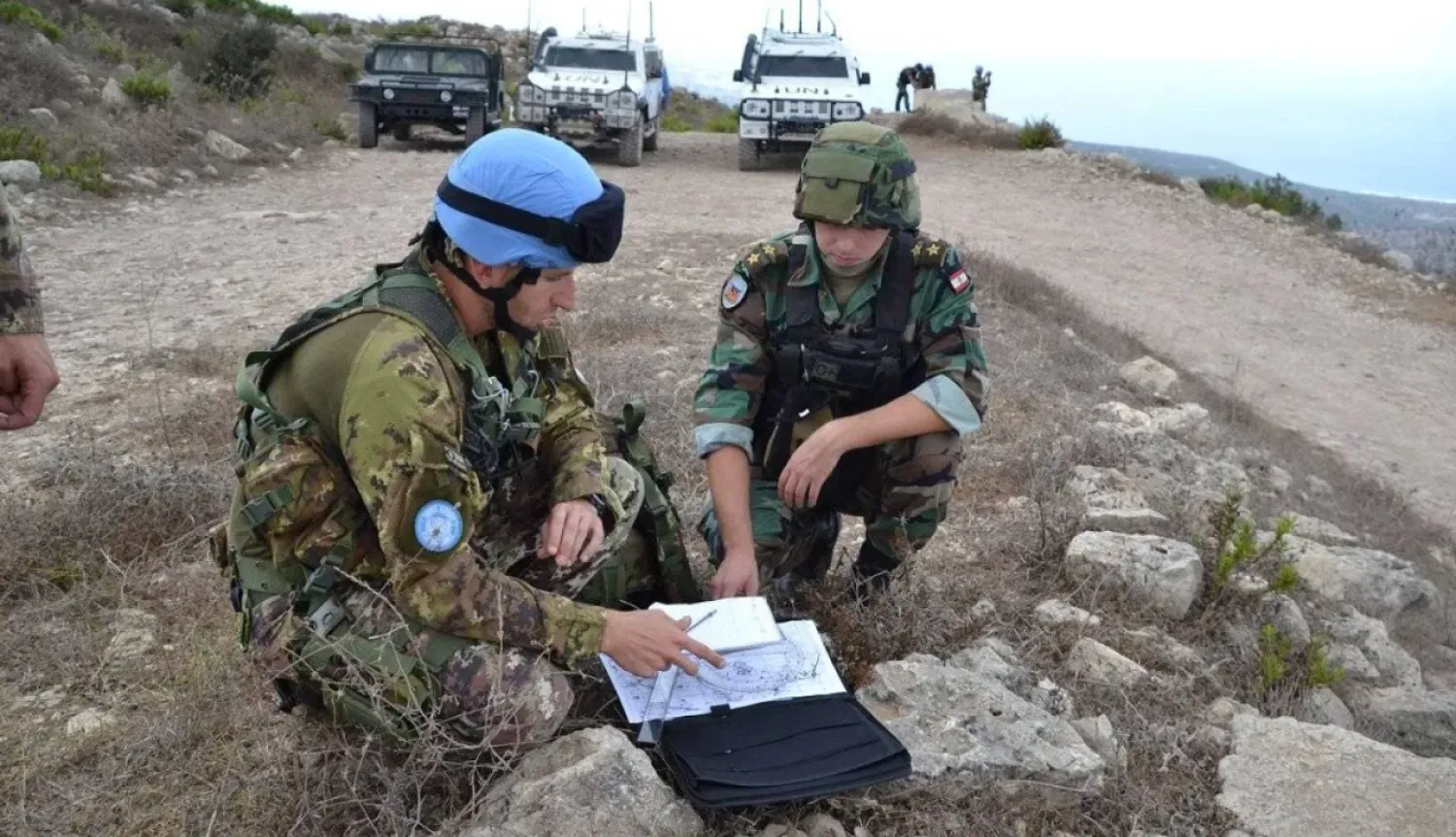The Syrian Network for Human Rights (SNHR) has reported that at least 112,414 people remain forcibly disappeared in Syria, primarily due to crimes committed by the Assad regime, despite the release of thousands of detainees in recent weeks.
Fadel Abdul Ghany, the director of SNHR, told Asharq Al-Awsat that their database implicates 6,724 members of the regime’s forces in these crimes. He also confirmed that SNHR is ready to provide detailed information on key perpetrators within the Assad regime.
The report shed light on the ongoing humanitarian disaster caused by arbitrary detention and enforced disappearances in Syria, even after the opening of regime detention centers and the discovery of several mass graves.
The release of detainees coincided with military operations launched by Hayat Tahrir al-Sham (HTS) that resulted in the recapture of major cities, including Aleppo, Hama, Homs, and Damascus. In the process, prisons and security facilities were opened, and all detainees were released.
Additionally, mass graves containing the remains of thousands of victims executed extrajudicially were discovered in recent weeks. According to the SNHR report, these findings underscore the systematic nature of crimes committed by the Bashar al-Assad regime.
The SNHR estimates that around 24,200 people have been released since the opening of regime prisons. However, as of August 2024, their database shows a total of 136,614 individuals detained or forcibly disappeared, meaning that over 112,414 people are still unaccounted for.
The report emphasized that these individuals are considered forcibly disappeared because their remains have not been returned to their families, and no information about their fate has been disclosed.
Fadel Abdul Ghany stressed to Asharq Al-Awsat that holding those responsible for war crimes and crimes against humanity in Syria accountable is a “legal and moral imperative” to achieve justice for victims and prevent future violations.
He highlighted that documenting these crimes, a process undertaken by SNHR and other organizations over the past decade, is a critical step toward accountability. SNHR has developed a comprehensive database that includes a list of 16,200 individuals involved in committing these crimes. Among them are 6,724 members of regime forces, including the army and security apparatus, and 9,476 members of pro-regime militias and auxiliary groups formed after the Syrian uprising in 2011.









